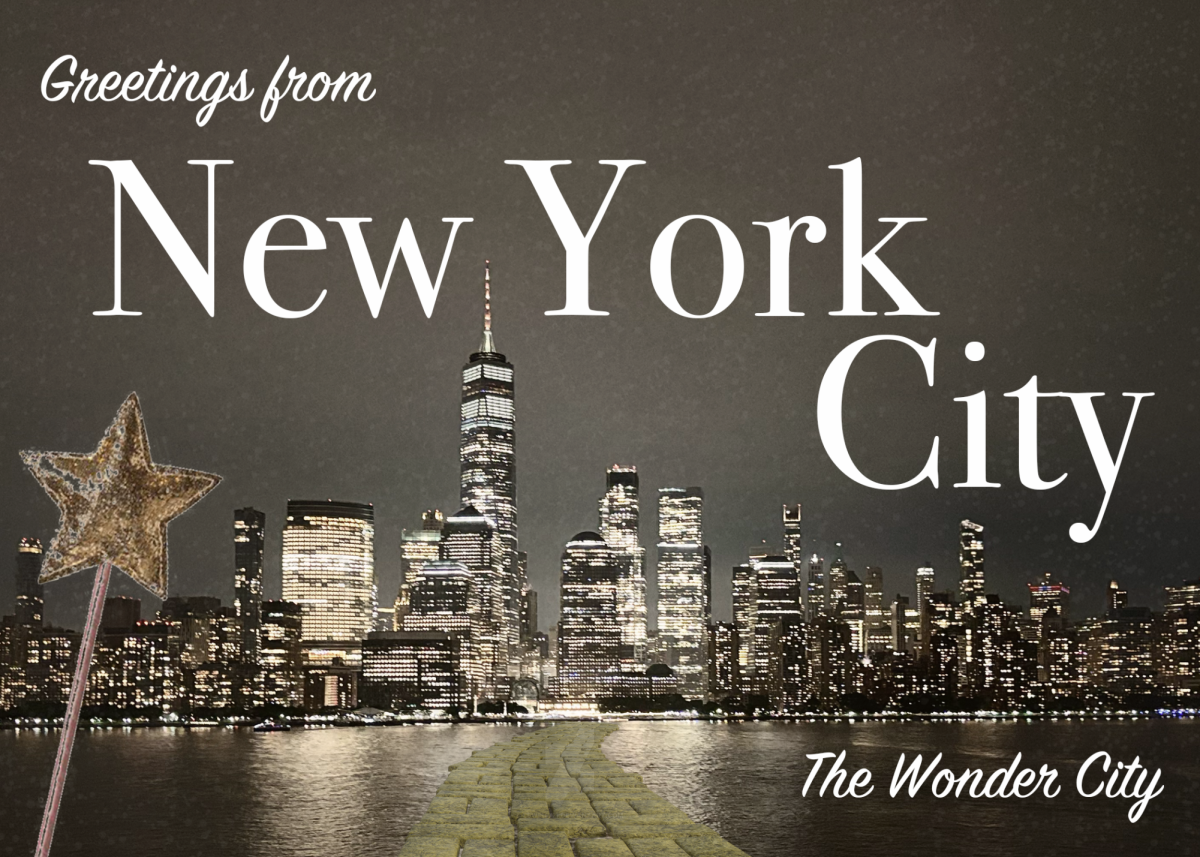For a holiday about love, sometimes Valentine’s Day feels almost macabre. There’s an entire genre of Valentine’s-themed horror movies where happy couples get punished. There’s an entire market for anti-Valentine’s merchandise with slogans criticizing the consumerist qualities of the holiday or making cheeky comments about preferring alcohol or video games over romantic celebrations. It’s true, Valentine’s Day is a tad cliché. But what if we could reclaim it to embrace the communities that make us who we are?
The history of Valentine’s Day is a tad convoluted. Its namesake, Saint Valentine, was known for performing secret marriages after Roman Emperor Claudius II banned marriage in order to maximize the single men in his army. The spring festivities likely originate from the Roman festival of Lupercalia, which predates Christianity and celebrates agriculture and fertility. The practice of sending mass-produced valentines began in the 1840s, when Esther A. Howland began selling her “scrap” creations.
Nowadays, Valentine’s Day places an emphasis on showering the object of your romantic affections with chocolate, cards, flowers, jewelry, and giant stuffed animals, all purchased from commercial retailers. According to the National Retail Federation, in 2024, American consumers spent an estimated $25.8 billion. This sum was reached while only 53% of consumers were reported to actually celebrate the holiday.
This exuberant spending is likely the reason so many Americans consider Valentine’s Day to be an overrated corporate holiday. The holiday definitely has its flaws. It’s hyped up as a reason to buy more products, and centers romantic love over other relationships in our lives. However, we are more than just consumers in this society, and we have agency over how we choose to celebrate our holidays.
Step one is admitting as a society that romantic relationships aren’t the end all be all of love. Nobody is “less than” because they spend Valentine’s Day with their friends, family, or even their pets (they’re some of the best in the world for unconditional love, after all).
The concept of Galentine’s Day has been on the rise, but there’s no reason only women can celebrate their friends. Get together with whoever is near and dear to your heart. Share a meal, watch a movie, or play a game. If you have a romantic partner you want to spend time with as well, there’s no rule saying you can’t do both on the same day.
Try looking at ways to prioritize experiences and emotions, instead of one-off gifts. We all like to have something new or pretty every so often and far be it from us to tell you to return a sparkly necklace or new car. But try to consider if you’d buy this gift if it wasn’t Valentine’s Day. Are there other things that may mean more to your loved ones than heart-shaped chocolate or a bouquet of roses?
Backing away from the commercial aspect of the holiday is also a great way to save some money. There’s no shame in wanting to stash some away for your future, and it may give you the opportunity to reinvest that money into your relationship in a bigger way, like taking a vacation or even your first down payment if things are getting really serious. Gifts like scrapbooks or planned experiences can let shine what you love most about the people you hold close.
Amid a so-called epidemic of loneliness, deepening our connections with other people is crucial. So, however cliche, when a holiday arises that celebrates love and how it persists through long winters and tyranny, we should take the opportunity to remind our loved ones how much they matter. We all live interconnected with one another, and that’s enough to celebrate.









